Fossil Evidence of Evolution Worksheet
If you're a science teacher searching for engaging resources to help your students explore the fascinating world of evolution, look no further than the Fossil Evidence of Evolution Worksheet. This comprehensive worksheet is designed to provide students with a deeper understanding of the concept of evolution and the role that fossils play in uncovering evidence of past life forms. Specifically tailored for high school students, this worksheet covers essential topics such as fossil formation, fossil dating methods, and how fossils contribute to our understanding of evolutionary patterns.
Table of Images 👆
More Other Worksheets
Kindergarten Worksheet My RoomSpanish Verb Worksheets
Cooking Vocabulary Worksheet
DNA Code Worksheet
Meiosis Worksheet Answer Key
Art Handouts and Worksheets
7 Elements of Art Worksheets
All Amendment Worksheet
Symmetry Art Worksheets
Daily Meal Planning Worksheet
What is fossil evidence of evolution?
Fossil evidence of evolution includes transitional fossils, which show intermediate forms between different species, such as the Archaeopteryx that bridged the gap between dinosaurs and birds, or the Tiktaalik that displayed features of both fish and amphibians. Fossils also reveal the progression of species over time, with older fossils found in lower rock layers and younger fossils found in higher layers, providing a timeline of evolutionary changes. Additionally, the presence of extinct species and the gradual development of specific traits within a lineage, such as the increase in size of horse species over time, provide further evidence of evolutionary processes documented in the fossil record.
How are fossils formed?
Fossils are formed when a plant or animal dies and its body is buried under layers of sediment. Over time, the organic material decays and minerals slowly infiltrate the remains, eventually turning them into rock-like structures. Through a process called petrification, the original hard parts of the organism, such as bones or shells, are replaced by minerals, creating a fossil that preserves a record of the organism's existence for millions of years.
How do fossils provide evidence for the theory of evolution?
Fossils provide evidence for the theory of evolution by showing the gradual changes in organisms over time. By studying the fossils of different species, scientists can trace the development of certain traits and characteristics, demonstrating how organisms have evolved from common ancestors. The fossil record also supports the idea of transitional forms, where organisms exhibit a mix of features found in different groups, further corroborating the concept of gradual change and descent with modification as proposed by the theory of evolution.
What is the significance of transitional fossils?
Transitional fossils are significant because they provide evidence for evolutionary changes and help to fill in gaps in the fossil record. They show the intermediate stages between different species, providing crucial insights into how species have evolved over time. By studying transitional fossils, scientists can better understand the process of evolution and the relationships between different organisms, contributing to our knowledge of the history of life on Earth.
How do fossils help scientists determine the age of both the fossils themselves and the Earth?
Fossils help scientists determine the age of both the fossils themselves and the Earth through a process called relative dating and radiometric dating. Relative dating involves comparing the age of one fossil to another based on their position in sedimentary rock layers. Radiometric dating uses the decay of radioactive isotopes in rocks surrounding fossils to calculate their age. By analyzing the composition and placement of fossils in rock layers, scientists can create a timeline of Earth's geological history, helping to date not only the fossils but also provide insights into the age of the Earth.
What are index fossils and how are they used in determining the relative age of rock layers?
Index fossils are fossils of widespread and short-lived organisms that are used by geologists to help determine the age of rock layers. By identifying these particular fossils within a rock layer, geologists can infer the relative age of that layer compared to other layers containing the same index fossils. This method is based on the principle of faunal succession, which states that fossils succeed each other in a definite and recognizable order. Index fossils help geologists correlate rock layers from different locations and establish a relative timeline of Earth's history.
How can fossils provide information about past environments and climatic conditions?
Fossils can provide information about past environments and climatic conditions through the types of organisms present in the fossil record. By studying the distribution and characteristics of fossilized plants and animals, scientists can infer details about the ecosystems they inhabited, such as the presence of certain plant species indicative of specific climates, or the types of animals that thrived in different environments. Additionally, the preservation of fossils in specific sedimentary layers can indicate past geological processes and environmental conditions, allowing researchers to reconstruct past climates and landscapes.
What other types of fossil evidence, besides skeletal remains, can contribute to our understanding of evolution?
Fossil evidence such as footprints, trackways, burrows, coprolites (fossilized excrement), eggs, and plant fossils can also contribute to our understanding of evolution by providing insights into behavior, ecology, diet, climate, and environmental conditions of past organisms. These types of fossils can help reconstruct ancient ecosystems and understand the relationships between different species and their adaptations over time, shedding light on the evolutionary processes that have shaped life on Earth.
How are fossil records used to trace the evolutionary history of particular groups of organisms?
Fossil records are used to trace the evolutionary history of particular groups of organisms by providing physical evidence of past life forms, showing the appearance and disappearance of specific species over time. By examining fossils, scientists can track changes in morphology, behavior, and distribution of organisms, allowing them to reconstruct the evolutionary relationships between different species. Additionally, the age of fossils can be determined through techniques like radiometric dating, helping establish a timeline of when certain evolutionary events occurred within a group of organisms. Overall, fossil records serve as a crucial tool in understanding the evolutionary history of various organisms and how they have changed and adapted over millions of years.
How do gaps in the fossil record impact our understanding of evolution?
Gaps in the fossil record can impact our understanding of evolution by making it difficult to establish a complete and continuous timeline of evolutionary change. These gaps can lead to uncertainties and gaps in our knowledge about the evolutionary relationships between different species, how they evolved, and the timing of significant evolutionary events. As a result, our understanding of the mechanisms and processes of evolution may be incomplete or inaccurate due to these missing pieces of the puzzle in the fossil record.
Have something to share?
Who is Worksheeto?
At Worksheeto, we are committed to delivering an extensive and varied portfolio of superior quality worksheets, designed to address the educational demands of students, educators, and parents.

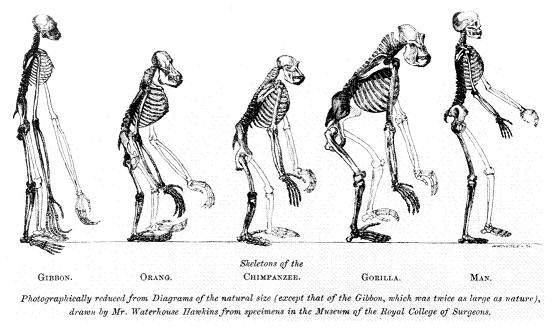



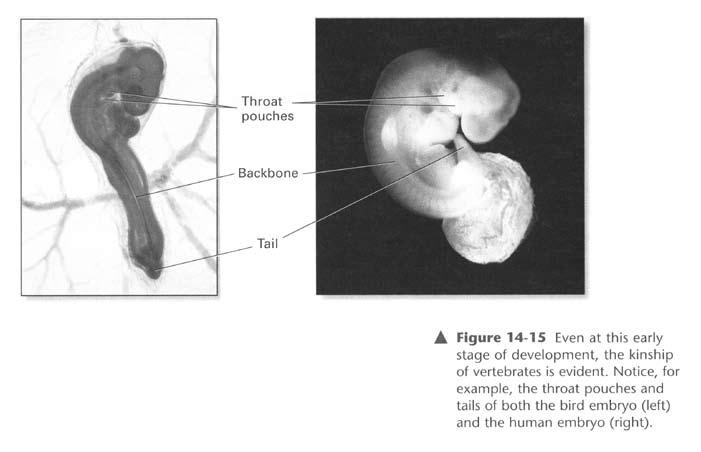
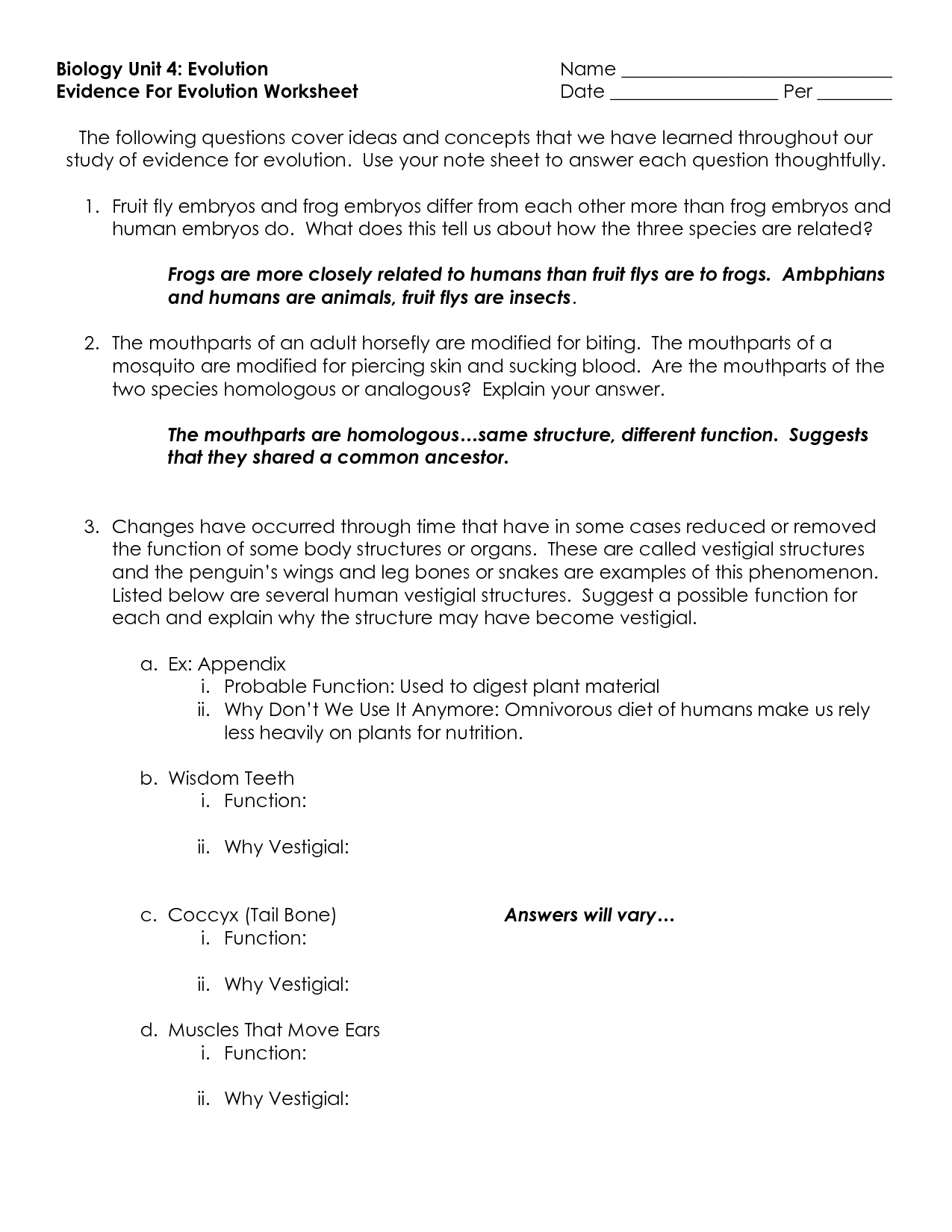
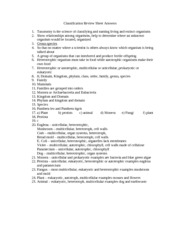

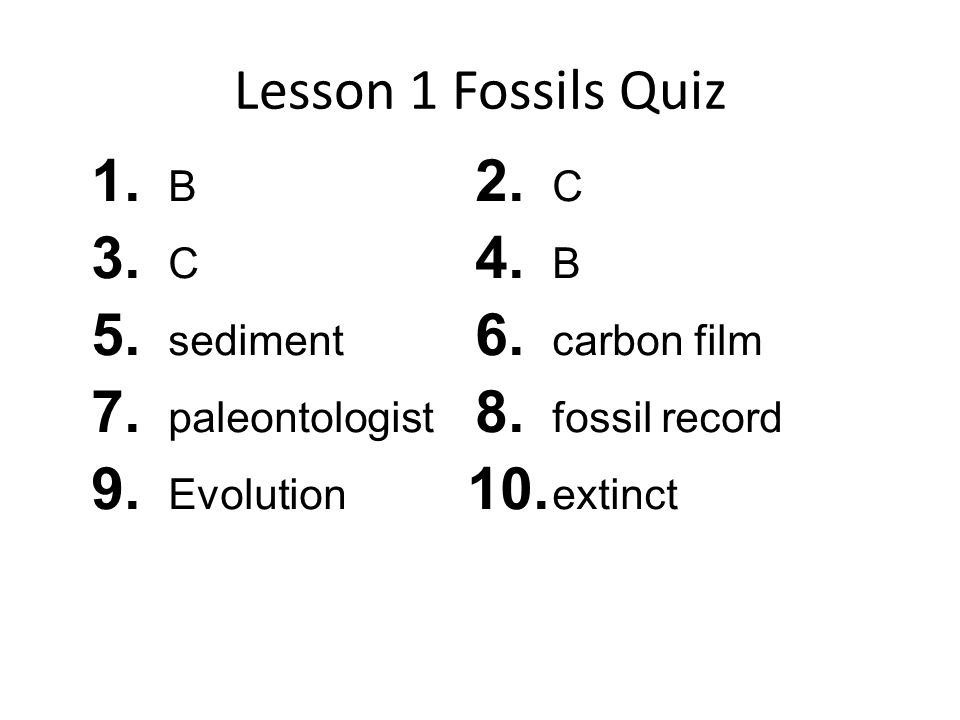
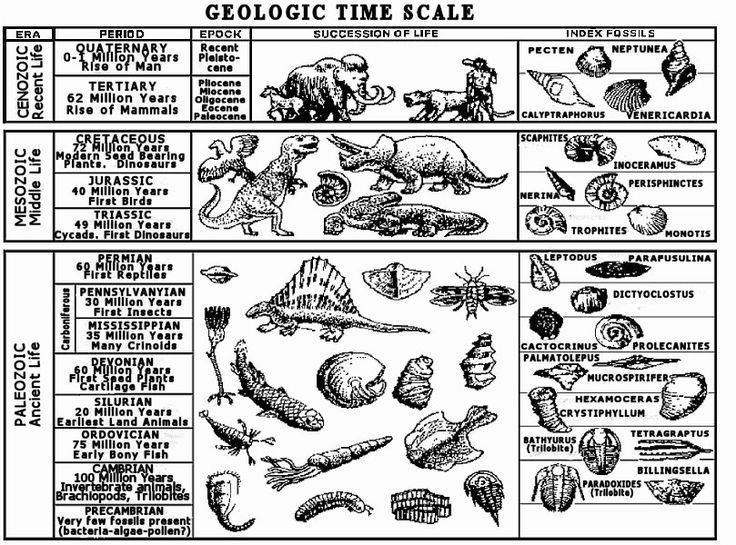














Comments